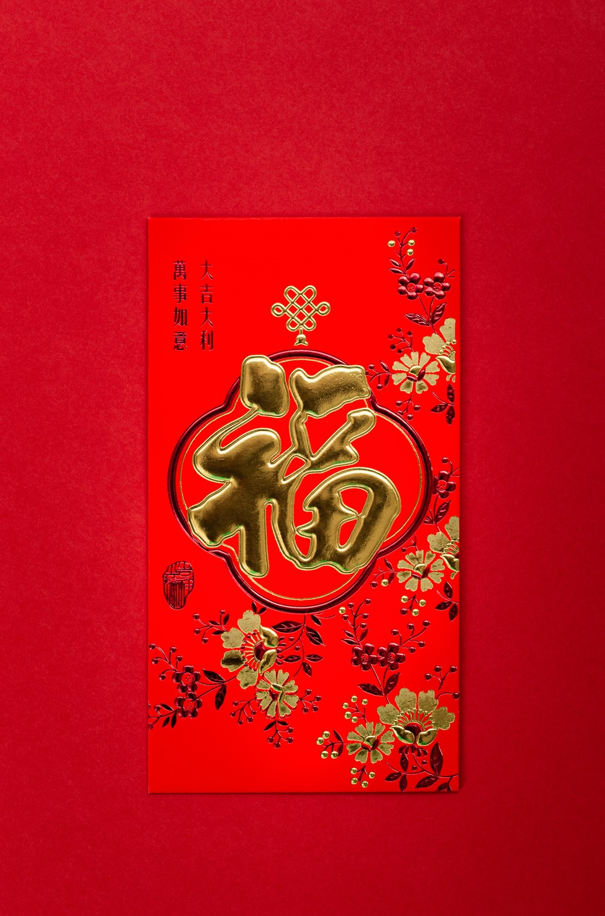Happy Lunar New Year 2020! A vital part of Lunar New Year celebrations is the preparing and gifting of red packets. Also known as red envelopes, lai see (Cantonese), or hongbao (Mandarin), these red packets usually contain money and are given to the important people in one’s life before the New Year begins. In the second of the Lunar New Year series blog posts, one of our Hong Kong intercultural trainers, Aelita, outlines the way lai see are incorporated into the holiday. Though the Lunar New Year is celebrated in all corners of Asia, Aelita uses the term “Chinese New Year” as that is most common in her area.
Where can one buy lai see envelopes?
In the weeks leading up to CNY, empty lai see envelopes can be found in a lot of places. Many fast food outlets, restaurants and banks give out empty lai see pockets to customers for free. Empty lai see can also be purchased in places such as grocery stores, stationary stores, markets and street kiosks. Although traditionally red, nowadays lai see envelopes can be gold, pink, purple, turquoise, or other colours, with Chinese characters, with traditional patterns, with logos, with pictures or even cartoons. Some are specific to the upcoming year’s animal or a specific family name, while others are generic. Over the years we have amassed a rather large selection of generic empty lai see, allowing us to whittle down our supply rather than buy new ones.
Is it important to put crisp, new bills in the envelopes?
About a week before CNY, the banks issue new notes or bills. It is seen as auspicious to give new notes. Some Hong Kong people order ahead a certain number of HK$10s, HK$20s, HK$50s and HK$100s to make sure the bank has enough new notes for them. As my family and I only give out about 30 to 40 lai see, we usually just walk into the bank and hope there are still enough new bills. Sometimes there are not, and we have to contend with what is termed as nearly new bills (they look new but they already have been in circulation). We have one friend, also a foreigner, who sorts through his notes, identifying those with a lot of 8s or ending in 8s and those with lots of 4s or ending in 4s. He will not give the ones with 4s as 4 is considered an unlucky number. Some people in Hong Kong are quite superstitious. On the other hand, 8 is seen as very lucky. He will make sure that those recipients who are more superstitious get the notes with the 8s.
Does it always have to be money?
No. Sometimes people put store coupons inside their lai see. Some retailers even prepare lai see with their store’s coupons inside for people to buy and give to others.
Who gets lai see?
In Hong Kong, typically anyone who has served you throughout the year will get a lai see. This could be the security guards in your apartment building, the cleaners who clean the common area in your apartment building, the juniors at your hairdresser, your hairdresser, your manicurist, your barber, the tea lady at work, as well as others. Lai see is also given to your subordinates, and if you are married, to your unmarried colleagues. Lai see is given to your children, grandchildren, and good friend’s children. Money trickles down. In general, lai see is given to a wider group of people in Hong Kong than in mainland China.
When do you distribute lai see to your family and friends?
Lai see is given whenever you first see a deserving recipient in the first 15 days of the new year. Typically, you would give your subordinates their lai see on the first day back to work.
How much do you give in each envelope?
The rule of thumb is that the closer the person is to you or the more they have done for you, the more you will give. This could include your children, grandchildren or your assistant at work. The rest
will receive a symbolic amount of HK$10, HK$20 or HK$50. For example, for the guards in my apartment building, I give them HK$50 each.
Stay tuned for Part 3 of our Lunar New Year Blog series, coming later this week!


